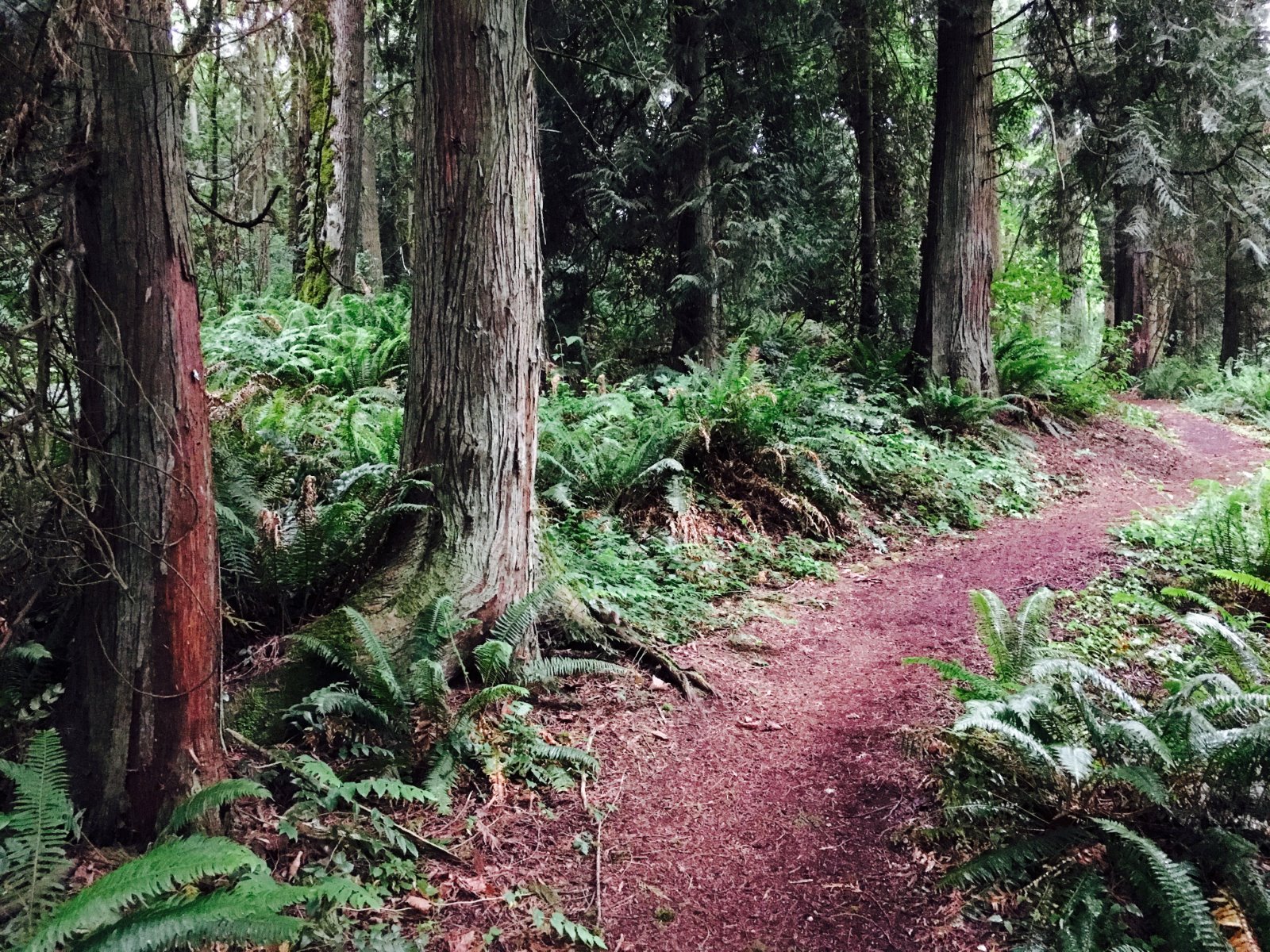Bellevue’s Forest Management Program stewards natural resources located on approximately 2,000 acres of park and public Native Growth Protection Area (NGPA) land – ranging from environmentally-sensitive stream corridors and wetlands to forested open space. These areas provide a wide variety of benefits that enhance the quality of life in Bellevue. The maintenance and management of these valuable resources are essential to the future of our community, and we strive to manage them with skill and diligence.
The effective management of these natural resources begins with an inventory of property assets. Geographical Information System (GIS) technology, topographic and legal surveys, and on-site inspections are combined to evaluate the conditions at each site. We then use enhancement and restoration techniques that assist the natural successional process to improve forest health and ecosystem condition. Our work involves activities such as thinning, individual tree removals, noxious weed management, stream bioengineering, and planting native trees and shrubs.
Forest Management Program Objectives
- Ensure the safety of citizens – Dead, damaged and diseased trees that pose a risk to park guests or neighboring properties are removed.
- Improve forest condition – A forest is most healthy when it is composed of a variety of species and ages. Bellevue plants and thins to achieve this objective.
- Protect and enhance wildlife habitat – Trees are a vital component of our urban ecosystem, providing food and habitat for local wildlife.
- Provide recreational opportunities – Forests provide opportunities for a wide variety of outdoor recreation activities. Healthy forests make for a great place to spend the day!
- Buffer land uses – Trees and shrubs are retained and planted to separate development.
- Protect water quality - We manage vegetation to stabilize soils and slopes, which reduces stormwater runoff and its associated erosion.
Management & Maintenance
While each forested site is unique, there are some common management activities that include:- Planting trees, shrubs and groundcovers
- Management of noxious vegetation
- Tree pruning, thinning and removals
- Property boundary delineation and inspection
- Debris cleanup
Restoration projects are common within the Bellevue Park System. These areas can look unsightly for months or even years while work is underway – you may notice piled vegetation, bare soil, cached materials, temporary irrigation systems and erosion control equipment. These unnatural conditions are temporary, and are necessary for forest managers to achieve enhancement objectives. Please feel free to contact us if you have any questions or concerns about a particular project.
Learn more about some of the noxious weeds that we manage in Bellevue's forests: https://www.nwcb.wa.gov/
Volunteer in the Bellevue Park System with the Natural Resource Division: https://bellevuewa.gov/volunteering/environmental-stewardship

